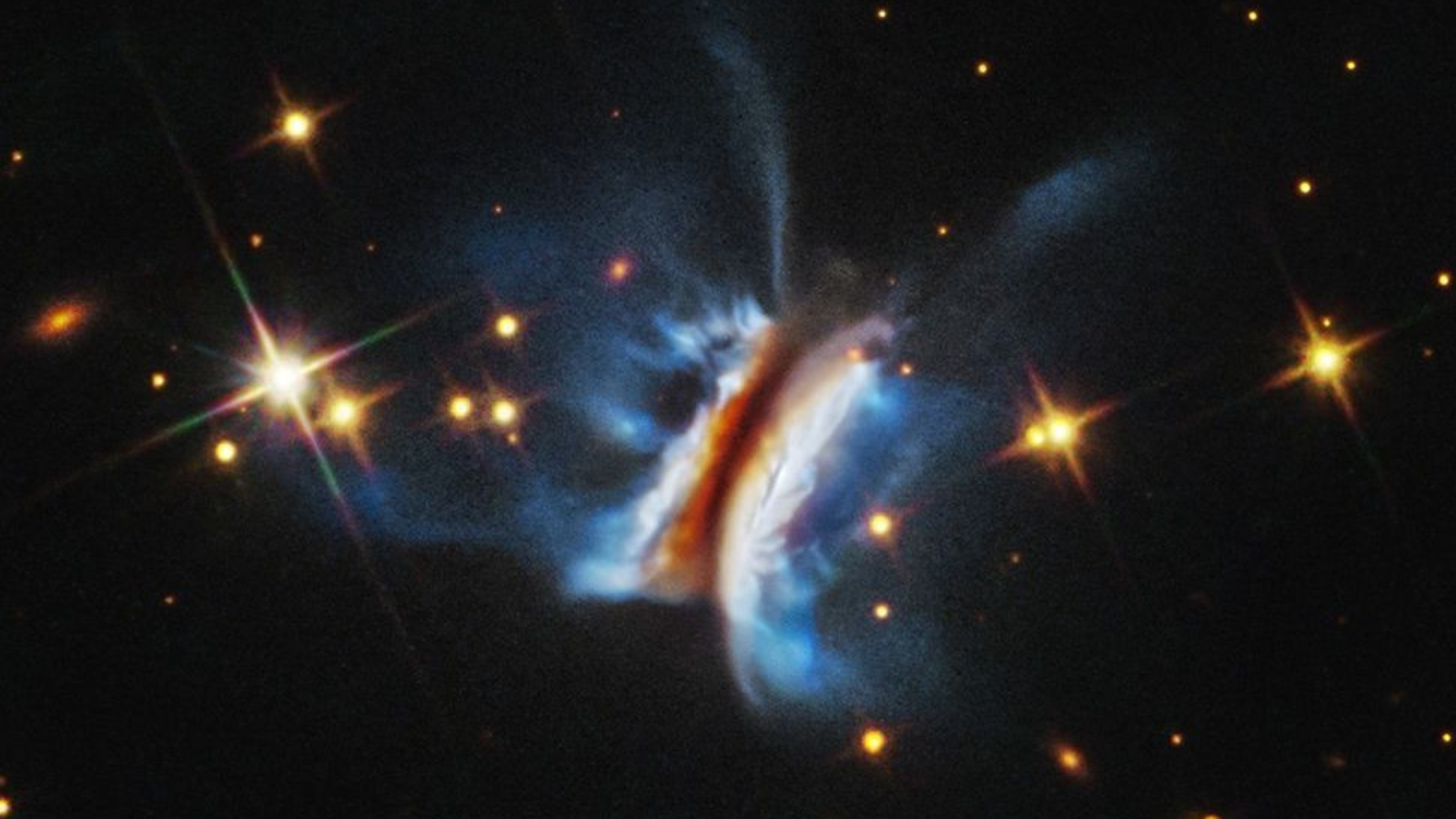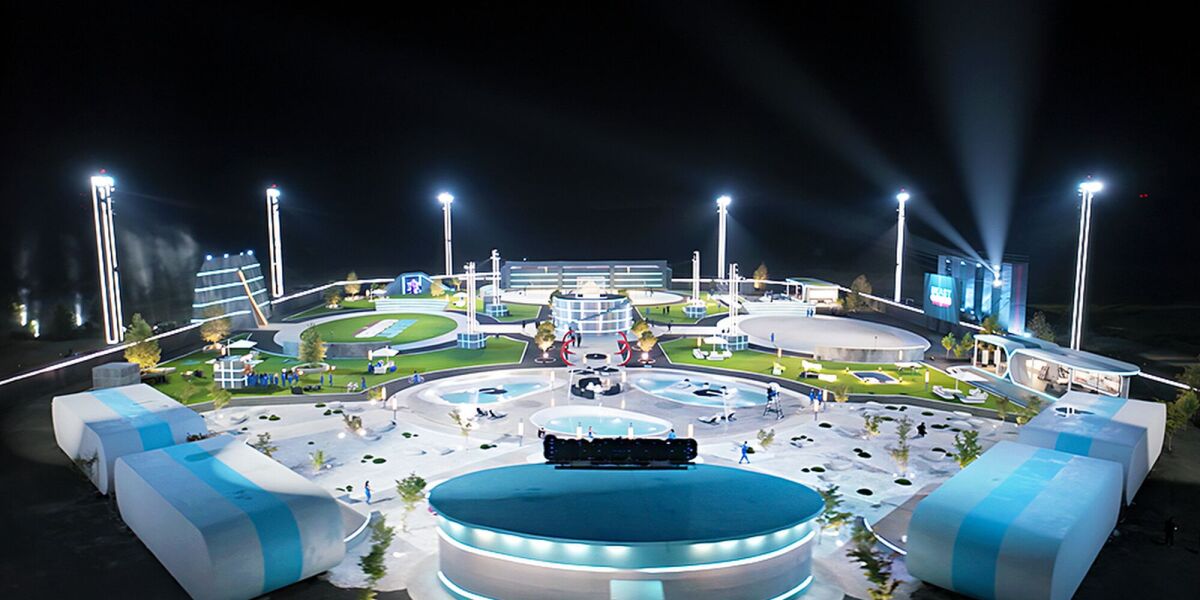Football
News
…

MBB Minute: Villanova made it a happy homecoming for head coach Kevin Willard, downing Seton Hall, 64-56, in…

It was Nov….

Using the Hubble Space Telescope, astronomers have imaged the largest and most chaotic site of planetary birth humanity has ever seen.
Appearing like a stunning cosmic bat, this protoplanetary disk, located around 1,000 light-years away,…

The roster includes eight players who were part of the 2025 gold medal-winning U.S. National Junior Team, including defensemen Logan Hensler (Woodbury, Minn./University of Wisconsin), Cole Hutson (North Barrington, Ill./Boston…

Rheumatoid Arthritis (RA) is a chronic systemic autoimmune disease characterized by persistent synovitis, progressive joint destruction, and systemic inflammation. Affecting approximately 0.5–1% of the global population, it is a…

GENEVA, Dec. 24 (Xinhua) — The World Health Organization (WHO) said on Wednesday that 19 cases of Middle East Respiratory Syndrome (MERS), including four deaths, have been reported globally so far this year, while stressing that the overall…

With days left until 2025 becomes 2026, it’s natural to use this time for reflection. Looking back at the year that was and finding satisfaction in all the progress that was made, while also looking ahead with hope for even better things to come,…